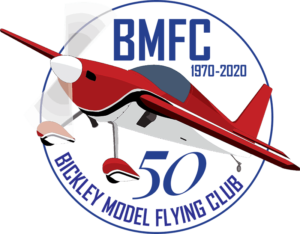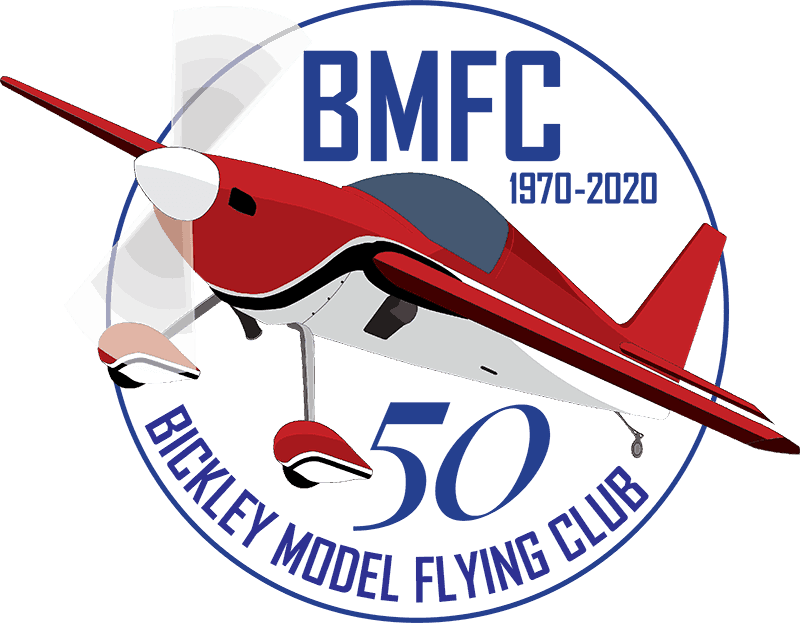FIELD CLOSED FOR ROLLING 24/25TH APRIL

Menu

Message from the Chairman Bob Ryan
Please see below EASA Regulations update for your information.
I think it is reasonably good news. We will see.
The European Aviation Safety Agency (EASA) has now published the Technical Opinion and Draft Regulations for Unmanned Aircraft. All of the documents can be found on the EASA website here:
https://www.easa.europa.eu/document- library/opinions/opinion-012018
Model aircraft remain within the scope of these Regulations, but thanks to the lobbying carried out on behalf of the model flying community by Europe Air Sports, the Basic Regulation (which underpins these regulations and specifies what they should regulate) does include an article which offers our established activities some protection:
(20c) Model aircraft are considered as unmanned aircraft within the meaning of this Regulation and are used primarily for leisure activities. The delegated and implementing acts adopted under this on the basis of Regulation and concerning unmanned aircraft should take into account that such model aircraft have so far had a good safety record, especially those operated by members of model aircraft associations or clubs which developed specific codes of conduct for such activities. In addition, when adopting those delegated and implementing acts, the Commission should take account of the need for a seamless transition from the different national systems to the new Union regulatory framework so that model aircraft can continue to operate as they do today, also by taking into account existing best practices in the Member States.
The other important change agreed to the Basic Regulation is that it no longer mandates the registration of each individual aircraft – just the pilot.
The Basic Regulation gained political agreement on 22nd December, 2017 and is expected to come into force in Summer 2018.
It is anticipated that the EASA Opinion and Draft Regulations for Unmanned Aircraft will be adopted by the European Commission in the final quarter of 2018 with the final ‘Decision’ scheduled for the first quarter of 2019.
There are three options available for model flying within the regulations:
Operation within the Open Category
This Open Category is intended for those operating as individuals outside of an association or club. Model flying will fall within subcategory A3 (away fromuninvolved people) of the Open Category and can be conducted with aircraft up to 25Kg within the C3, C4 or ‘privately built’ classes.
The C4 class was specifically developed to reflect conventional model aircraft and imposes a minimum set of technical requirements (the aircraft should not be capable of automatic flight and consumer information to raise awareness of the regulations must be included).
The minimum age restriction has now been removed (this is to be left to Member States to decide) as has the requirement to register individual aircraft, but the height limit of 120 metres remains. There is also a requirement for some form of online competency training with an online test to try and ensure that the pilot is aware of the law and the requirements for safe operation.
Electronic identification and geoawareness (probably involving the use of a phone app) is only mandatory if ‘required by the zone of operation’.
Operation within designated ‘Zones’
Article 11 provides Member States with an option to designate specific ‘zones’ for model flying to take place, primarily for those pilots who are not members of a model aircraft association or club. These zones could define different operating parameters to those required by the Open Category (such as an increased altitude limit for instance). The relevant paragraph from Article 11 reads:
2. Member States may define airspace in which UAS operations are exempted from one or more of the ‘open’ category requirements of this Regulation, and in which operators are not required to hold an authorisation or submit a declaration.
Operation within the Specific Category
In recognition of the good safety record established over many years by model flying associations throughout Europe, the proposed regulations allow competent authorities (in our case the Civil Aviation Authority) to issue an operational authorisation (within the Specific Category) to model associations and clubs which can define deviations from the regulations to reflect established custom and practice and operating parameters (such as altitude limits). This is outlined in Article 6:
For UAS operations conducted in the framework of model clubs or associations, the following apply:
1. the competent authority may issue an operational authorisation, in accordance with UAS.SPEC.040, to a model club or association without further demonstration of compliance, on the basis of the model club’s or association’s established procedures, organisational structure, and management system;
2. operational authorisations granted under this Article shall include the conditions and limitations of, as well as the deviations from, the requirements of the Annex (Part-UAS) to this Regulation;
3. this authorisation shall be limited to the territory of the Member State where the authorisation was issued.
It is anticipated that the associations currently recognised by the CAA (BMFA, LMA, SAA and FPVUK) will operate under this type of authorisation and our hope is that this will enable us to continue to operate as we do today. To benefit from an authorisation of this type, the regulations do place some responsibilities on model clubs and associations, but these are now slightly less onerous than those proposed originally:
UAS.SPEC.055 Responsibilities of model clubs and associations
Model clubs and associations that hold an operational authorisation defined in Article 6 of this Regulation shall:
1. make available to their registered members appropriate procedures to comply with the conditions and limitations defined in the operational authorisation issued by the competent authority;
2. assist UAS remote pilots, who are registered members of the club or association, in achieving the minimum competency required to operate the UAS safely in accordance with the procedures defined in paragraph 1;
3. take appropriate action when informed that a registered member does not comply with the conditions and limitations defined in the operational authorisation and, if necessary, inform the competent authority;
4. provide, upon request from the competent authority, the documentation required for oversight and monitoring purposes.
Conclusion
From the outset, we argued to exclude model flying from the scope of these regulations but could not gain political support for this. However, a compromise was reached with recognition being given to model flying within the Basic
Regulation. The result of this was that EASA was then compelled to incorporate more favourable provisions for model flying within their regulations for unmanned aircraft.
Whilst not an ideal outcome, the draft regulations are perhaps a little more proportionate than those originally proposed. The provisions within the ‘Specific Category’ provide the majority of Member States with sufficient flexibility to allow model flying to continue largely as it does today, but this will ultimately depend upon interpretation and implementation within individual Member States and the level of co-operation from governments and national regulators.
As such, representatives from the UK Model Flying Associations are working in co- ordination to negotiate with the Department for Transport and the Civil Aviation Authority to try and ensure that any changes to UK regulations are fair, proportionate and based on a genuine assessment of the level of risk. These negotiations remain ongoing at the present time.
What about Brexit?
At present (as with all things Brexit) it is unclear whether the UK will remain part of the EASA regulatory system or not. At present the indications are that the UK will either remain bound by the EASA rules or will choose to replicate them in national law.
Dave Phipps
8 February 2018

Bickley Model Flying Club
c/o British Model Flying Association
Chacksfield House
31 St Andrews Road
Leicester LE2 8RE
All content copyright Bickley Model Flying Club 2020-2022